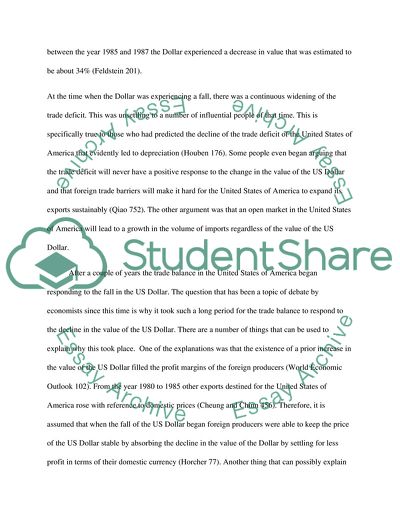Cite this document
(The adjustment process in the United States Case Study, n.d.)
The adjustment process in the United States Case Study. https://studentshare.org/macro-microeconomics/1828278-the-adjustment-process-in-the-united-states
The adjustment process in the United States Case Study. https://studentshare.org/macro-microeconomics/1828278-the-adjustment-process-in-the-united-states
(The Adjustment Process in the United States Case Study)
The Adjustment Process in the United States Case Study. https://studentshare.org/macro-microeconomics/1828278-the-adjustment-process-in-the-united-states.
The Adjustment Process in the United States Case Study. https://studentshare.org/macro-microeconomics/1828278-the-adjustment-process-in-the-united-states.
“The Adjustment Process in the United States Case Study”. https://studentshare.org/macro-microeconomics/1828278-the-adjustment-process-in-the-united-states.


